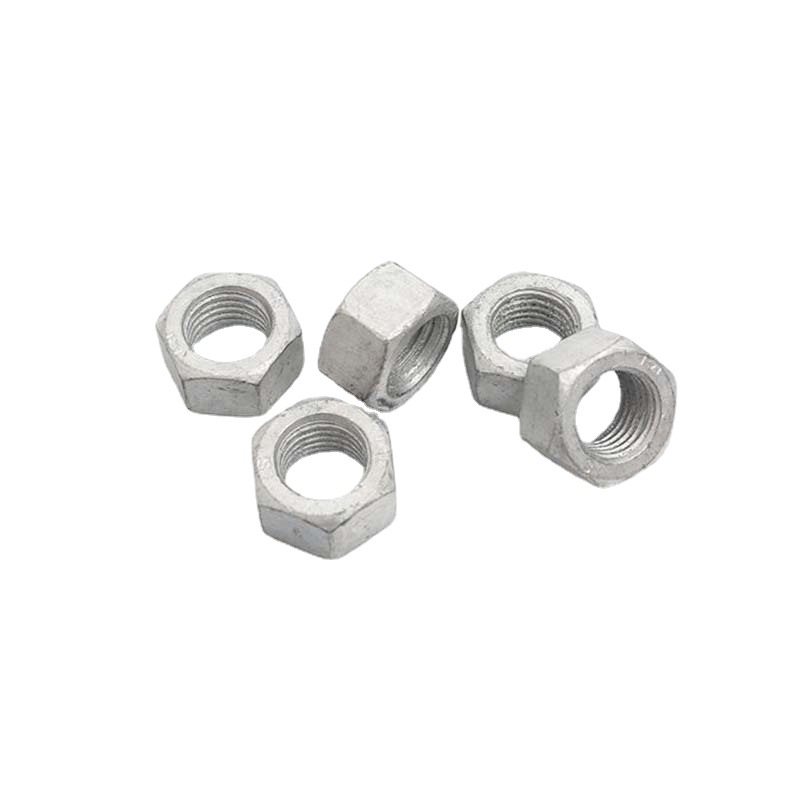

t lock bolts
Dec . 01, 2024 15:56 Back to list
t lock bolts
Understanding T Lock Bolts Design, Function, and Applications
In the realm of construction and machinery assembly, fastening solutions play a critical role in ensuring structural integrity and reliability. One such fastening solution that has gained popularity in various industries is the T lock bolt. This article explores the features, benefits, design, and applications of T lock bolts, highlighting their essential function in today's engineering and construction landscapes.
What are T Lock Bolts?
T lock bolts, also known as T-bolts or T-shaped bolts, are fasteners characterized by their unique T-shaped design. Typically made from high-strength materials such as stainless steel or carbon steel, these bolts are engineered to provide superior clamping force and resistance to shear loads. The head of the T lock bolt is shaped like a ‘T,’ allowing it to slide into a corresponding slot in a workpiece or fixture, which is particularly useful for securing items in place.
Design Features
The design of T lock bolts is one of their standout features. The T-shaped head serves multiple purposes
1. Ease of Installation The T-shaped head allows for quick insertion and adjustment within a slot. When the bolt is inserted into the slot, it permits horizontal movement, making it simple to align and tighten components without difficulty.
2. Reduced Material Damage Unlike traditional cylindrical bolts that may cause damage during installation due to their need for precise alignment, the T lock bolt can be adjusted after securing, which mitigates the potential for material damage.
3. Versatile Applications The T lock bolt's design is compatible with various materials, including plastics, metals, and composites, allowing for flexibility in application across different industries.
Functional Advantages
The advantages of T lock bolts extend beyond their design
1. Strong Holding Power T lock bolts are engineered to withstand high levels of torque and stress, making them ideal for heavy-duty applications where reliability and durability are paramount.
t lock bolts

2. Quick Assembly and Disassembly The ease of installation and adjustment associated with T lock bolts allows for quicker assembly and disassembly of components, reducing downtime during repairs or modifications.
3. Adjustment Capability These bolts provide the ability to make adjustments even after they have been installed. This feature is particularly beneficial in situations where components may shift over time due to environmental factors or wear.
4. Corrosion Resistance Many T lock bolts are manufactured from corrosion-resistant materials, ensuring that they maintain performance over time, even in challenging environments, such as marine or industrial settings.
Applications of T Lock Bolts
T lock bolts find extensive applications across various sectors
1. Furniture Manufacturing In modern furniture design, particularly modular systems, T lock bolts are frequently used to secure panels and frames, allowing for strong and adjustable connections.
2. Automotive Industry In the automotive sector, these bolts are utilized for mounting components like engines, exhaust systems, and body panels, where strong, reliable fastening is essential.
3. Construction They are also prevalent in construction for securing structural elements, bolting together pre-fabricated components, and in scaffolding systems, where strength and safety must be guaranteed.
4. Machinery Assembly T lock bolts are essential in machinery assembly, where alignment and load transfer are critical. Their ability to provide both a secure connection and easy adjustability makes them invaluable in this context.
Conclusion
T lock bolts exhibit a unique combination of design, functionality, and versatility that makes them an invaluable component in various industries. Their ability to provide strong, adjustable connections while minimizing the risk of damage ensures that they remain a preferred choice among engineers and designers. As technology and design approaches continue to evolve, the significance of T lock bolts in enhancing durability and performance will likely remain paramount, ensuring their place in the future of construction and manufacturing.
Latest news
-
High-Strength Hot Dip Galvanized Bolts - Hebei Longze | Corrosion Resistance, Customization
NewsJul.30,2025
-
Hot Dip Galvanized Bolts-Hebei Longze|Corrosion Resistance&High Strength
NewsJul.30,2025
-
High-Strength Hot-Dip Galvanized Bolts-Hebei Longze|Corrosion Resistance&High Strength
NewsJul.30,2025
-
Hot Dip Galvanized Bolts-Hebei Longze|Corrosion Resistance&High Strength
NewsJul.30,2025
-
Hot Dip Galvanized Bolts - Hebei Longze | Corrosion Resistance, High Strength
NewsJul.30,2025
-
High-Strength Hot Dip Galvanized Bolts-Hebei Longze|Corrosion Resistance, Grade 8.8
NewsJul.30,2025

